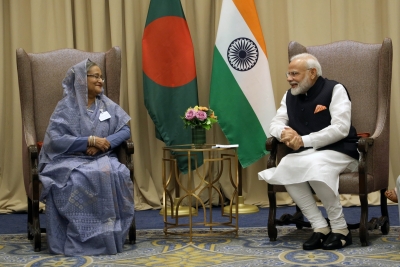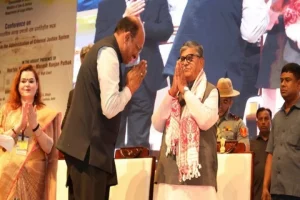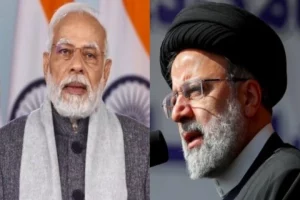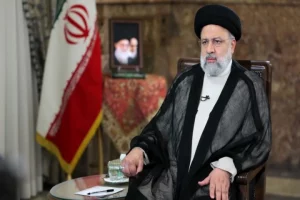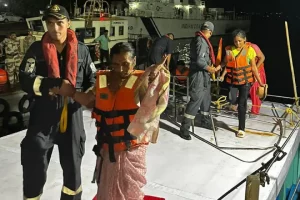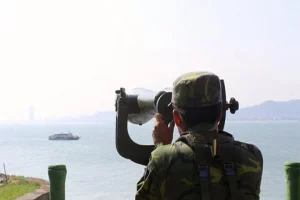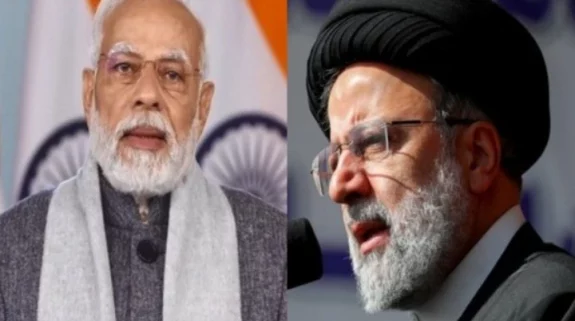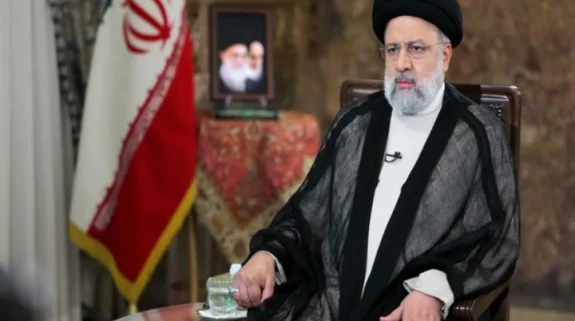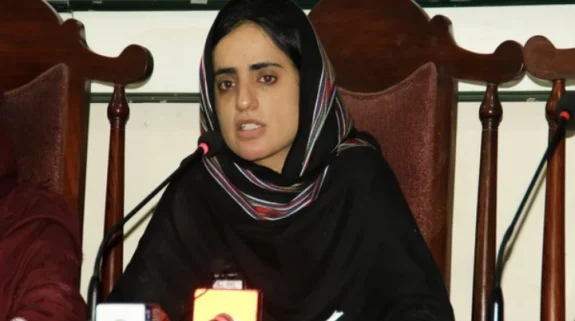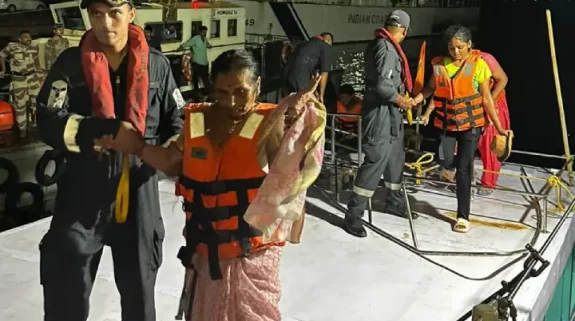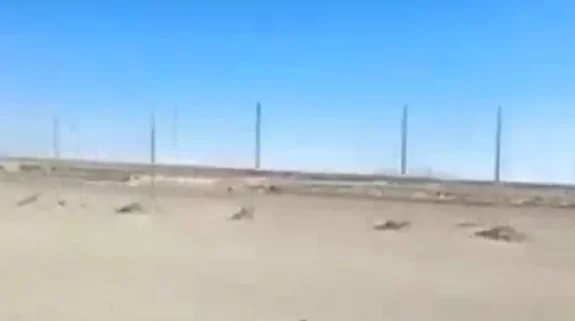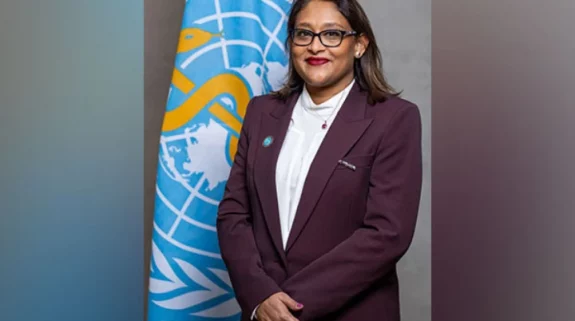Prime Minister Narendra Modi’s visit to Bangladesh, high on regional integration, is set to amplify Dhaka’s role as bridge between South Asia and the 10 nation Association of South East Asian Nations (ASEAN). Economic and trade integration will be the focus during Modi’s defining visit to Bangladesh on March 26.
The visit will be high on optics and symbolism as PM Modi joins celebrations marking 50 years of Bangladesh’s liberation. Hardly any major agreements are likely to be signed. But behind the scenes the wheels of this special relationship born in the crucible of the 1971 war are turning rapidly again.
For starters, the integration of economies of India and Bangladesh , leveraging their geographical contiguity, which allows extension of cross border roads, railways and access to each others ports is set to be given a big push after the visit.
Also read: PM Modi’s two-day Bangladesh visit to strengthen friendly ties
In building new connectivity linkages, the focus will be on regional integration, which would amplify a conflation of India’s Neighbourhood first and Act East policy. In India’s perception Bangladesh is fortuitously located as a bridge between South and southeast Asia.
The second big idea that could be highlighted during and after the visit is draw lessons from the European Union model against the backdrop that integrated regional economies can address issues of illegal and informal trade as well as movement of people.
India and Bangladesh share around 4,100 Km long international border. While about 1,880 Kilometer is along the north-eastern states of Assam, Meghalaya, Tripura, and Mizoram, the rest is with West Bengal.
“There have been proposals on this line (to make borders more porous, similar to EU), but details need to be worked out. Both sides are serious about increasing connectivity,” a person familiar with the development said.
Sources said that Modi is “serious about integrating the north-east region of the country” which will be critical for India as it seeks to strengthen its Act East policy in a more holistic manner. Recently, PM Modi and his Bangladeshi counterpart Sheikh Hasina inaugurated a bridge over the Feni river which will allow the India’s northeast with Bangladesh’s Chittagong port.
Though the focus is primarily on Bangladesh, India is also looking to fast-track the Bangladesh-Bhutan-India Nepal (BBIN) initiative with the aim of boosting connectivity across South Asia through rail and road.
While countries within the EU have managed to free up movement of people as well as goods, the South Asian countries with similar cultural commonalities have not been able to work on thrashing out easier ways to boost trade and movement of people.
“There is an eco-system along the India-Bangladesh border which is common to both sides and critical for the people living in that region. It is important to integrate their lives and livelihoods to reduce instances of illegal trade. Once a structured mechanism facilitating easier movement of goods and people is put in place, a large part of the problem will get addressed automatically,” political commentator Sandip Ghose told India Narrative.
Ghose said that both leaders – Modi and Hasina should prize open the huge potential viewing the region as an integrated economic and geographic entity.
Deepening connectivity between the two countries is critical, says Nazneen Ahmed, Senior Research Fellow, Bangladesh Institute of Development Studies (BIDS). “An environment of trust and camaraderie must be built between the two countries and one of the ways is to further expand bilateral trade both locally across the border region through border haats and also at a macro level,” Ahmed said.
The two neighbours have already taken many key steps to boost connectivity. In December, the rail connection between Haldibari in West Bengal and Chilahati in Bangladesh was resumed after almost 55 years.
The two countries are now working out modalities to open up a bus route between Dhaka and Siliguri. The route is expected to be opened this year.
The true potential of Bangladesh as a gateway to southeast Asia will be realized once the 19 kilometer Dhubri Phulbari bridge over the Brahmaputra is constructed. Once this is done Bhutan, and the northeast would be connected to Da Nang in Vietnam via Bangladesh.
A CUTS International report noted that demand supply gap in certain products coupled with impediments like lack of transport connectivity with urban centers, difference in prices of commodities across borders, and existence of various non-tariff barriers in trade through formal channels are some of the key factors that encourage trade through informal channels.
Ghose added that trade needs to be legitimized across the border. “Not just trade, there is need to expand co-operation to boost medical tourism for people living on the border area,” he observed.






